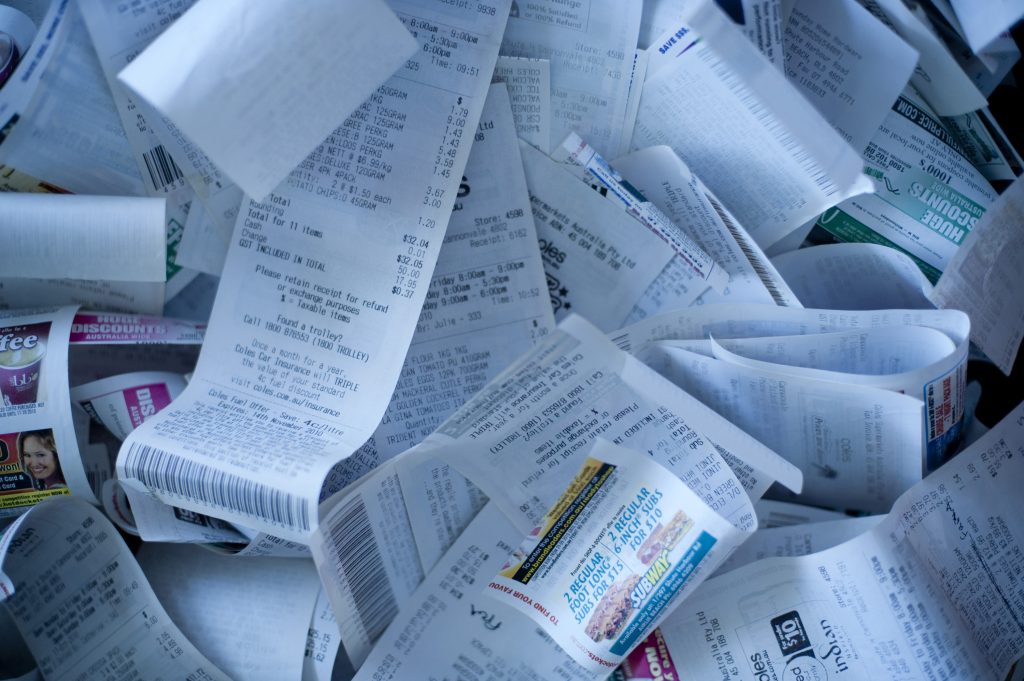In a world of deteriorating civilities, I’ve found it oddly comforting that people seem to share a common courtesy when it comes to taking pictures in public. Ever walked down the street and slowed down, or stopped, to allow someone else to take a picture? Ever changed the path you’re walking on because someone was trying to take a picture?
I certainly have, even for people posing with selfie sticks.
Part of me is cautious out of fear. I’m always nervous about accidentally photo bombing someone and ending up on his/her instagram feed with an unflattering caption. The other part of me feels more empathetic. I know what it’s like to want to capture an important moment instantly, or to take a picture of that special someone with just the right setting in the background. It’s fun! And easy, and convenient. And we all do it. Perhaps this is why I see so many people willing to extend these small courtesies to each other when it comes to taking pictures.
Ever since I started carrying a smartphone, and therefore a camera 24/7, I’ve become more aware of how I take pictures in public. It is this heightened awareness that has impacted my willingness to accommodate people taking pictures in public. At times I have changed my path, or stopped moving for a few seconds, to allow someone to finish with the camera. This is also influenced by the number of times strangers have reciprocated this courtesy to me.
Last year while vacationing in NYC over the holidays, I was surprised at how easy it was to take pictures. Even in crowded areas like Central Park, people stopped moving for a few seconds, or altered their path, just so I could finish with my camera. I naturally found myself doing the same thing for others.
It is curious that people can’t seem to take the time to write anything with proper grammar and punctuation, but they’re willing to stop moving, or go the long way, so a stranger can take a picture. It’s something I’ve observed for several years. I would’ve thought with so many people snapping pictures constantly in public that we would become immune and stop noticing, or accommodating this behavior, but that’s not what has happened. Instead we’ve collectively become more aware and modified our actions to be nice to each other in this one area.




